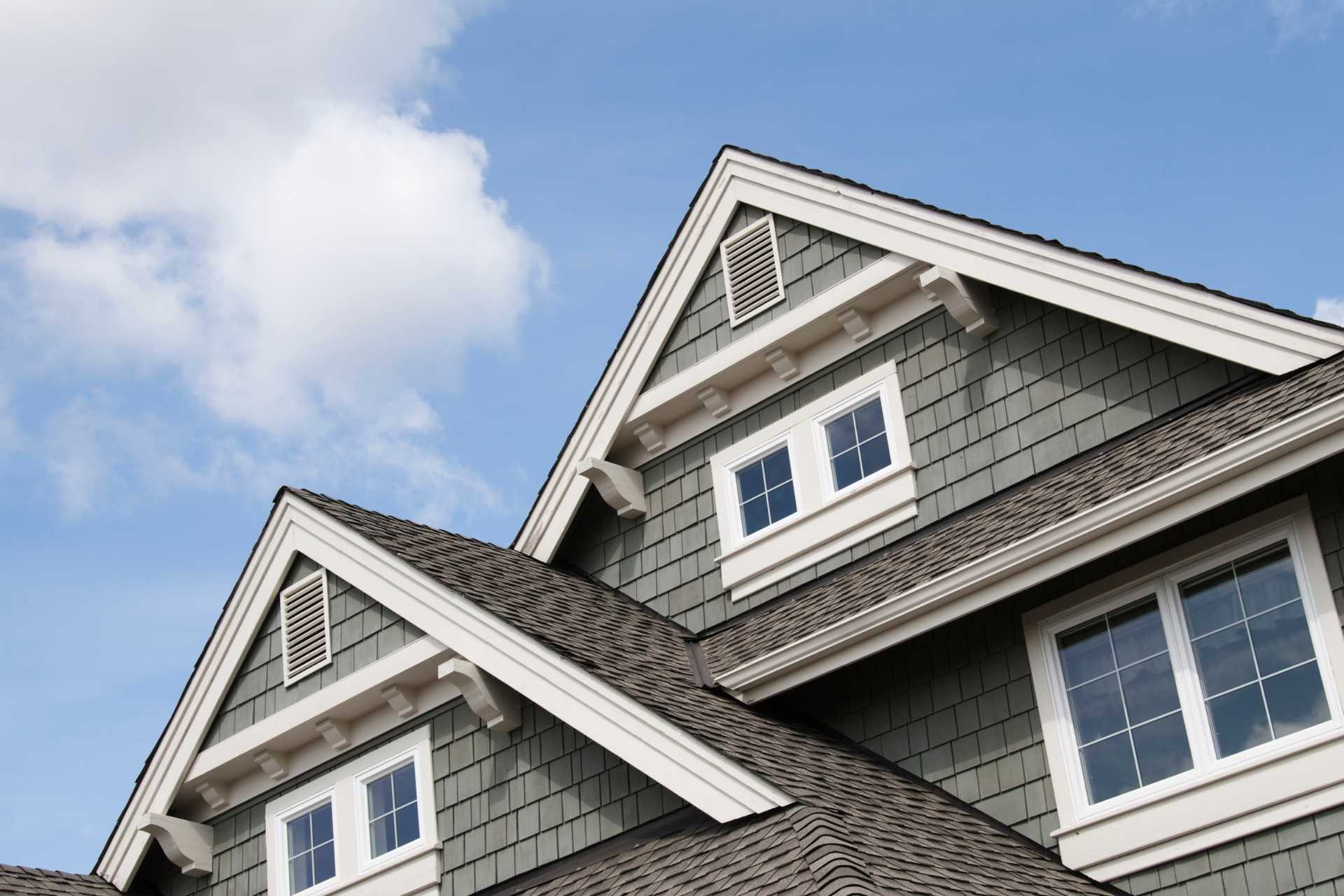Choosing the right siding for your home is not just about aesthetics and durability; it's also about understanding the environmental footprint of each
Choosing the right siding for your home is not just about aesthetics and durability; it’s also about understanding the environmental footprint of each material. With a growing emphasis on sustainability, homeowners are increasingly opting for siding options that offer both functional benefits and ecological sensitivity. Here, we explore the environmental impacts of different siding materials to help you make a more informed choice.
Wood Siding: Natural Beauty with a Cost
Wood siding, known for its natural beauty and versatility, comes in several types including cedar, pine, and spruce. While wood is a renewable resource, its environmental impact is not entirely benign. On the positive side, wood siding is biodegradable and has a lower energy requirement in production compared to more industrial materials. However, the cons include the need for regular maintenance such as painting and sealing. This can introduce harmful chemicals into the environment. Additionally, there is the concern of deforestation and the loss of biodiversity, although this can be mitigated by choosing wood from sustainably managed forests.
Vinyl Siding: Durable but Debatable
Vinyl siding is favoured for its durability, low maintenance, and affordability. Made primarily from polyvinyl chloride (PVC), it does not require painting or sealing. However, the production of PVC is not environmentally friendly, releasing toxic chemicals into the atmosphere and contributing to air pollution. Furthermore, while vinyl siding can last for decades. It is not biodegradable and recycling options are limited, posing challenges at the end of its lifecycle.
Fibre Cement Siding: Tough Yet Taxing
Fibre cement siding, a blend of cement, sand, and cellulose fibres, is celebrated for its resistance to decay, fire, and termites. Its longevity and robustness mean that it does not need to be replaced frequently. This is a point in its favour environmentally. Nonetheless, the production of fibre cement is energy-intensive, emitting a significant amount of carbon dioxide. Moreover, the presence of silica in the material raises health concerns, necessitating strict safety measures during installation to prevent inhalation.
Metal Siding: A Recyclable Option
Metal siding, which includes materials like aluminum and steel, offers a high level of durability and fire resistance. One of the most compelling environmental benefits of metal siding is its recyclability. Both aluminum and steel can be recycled multiple times without degradation of properties. The primary environmental drawback is the energy-intensive nature of metal production, which often involves significant fossil fuel consumption. However, the long lifespan and recyclability of metal siding partially offset these initial environmental costs.
Brick and Stone: Lasting with Limitations
Brick and stone siding are synonymous with longevity and minimal maintenance. Made from natural materials, these options are often perceived as environmentally friendly. However, their production is highly energy-intensive, particularly in the firing process for bricks, which emits a considerable amount of carbon dioxide. Additionally, the weight of these materials increases transportation costs and the associated carbon footprint.
How to Choose the Right Siding Material
When selecting siding, it’s important to weigh the environmental pros and cons of each material against its aesthetic appeal and functional performance. Consider the local climate and how it might affect the longevity and performance of the siding. Also, think about the broader environmental impacts, such as the energy used in material production and the potential for recycling at the end of its life.
The choice of siding material can significantly impact your home’s environmental footprint. By considering the full lifecycle of siding options—from production through to disposal—you can make choices that not only enhance the beauty and functionality of your home but also contribute positively to environmental sustainability.

